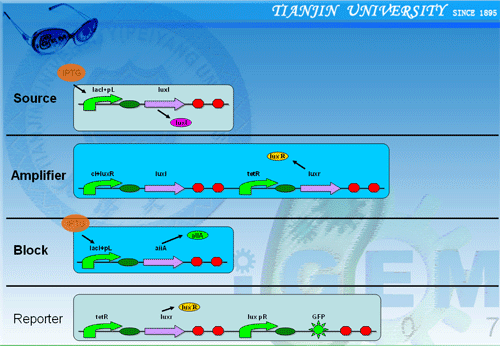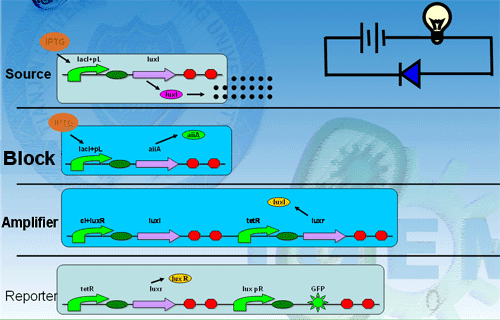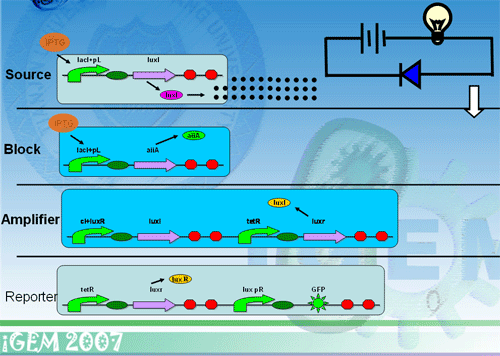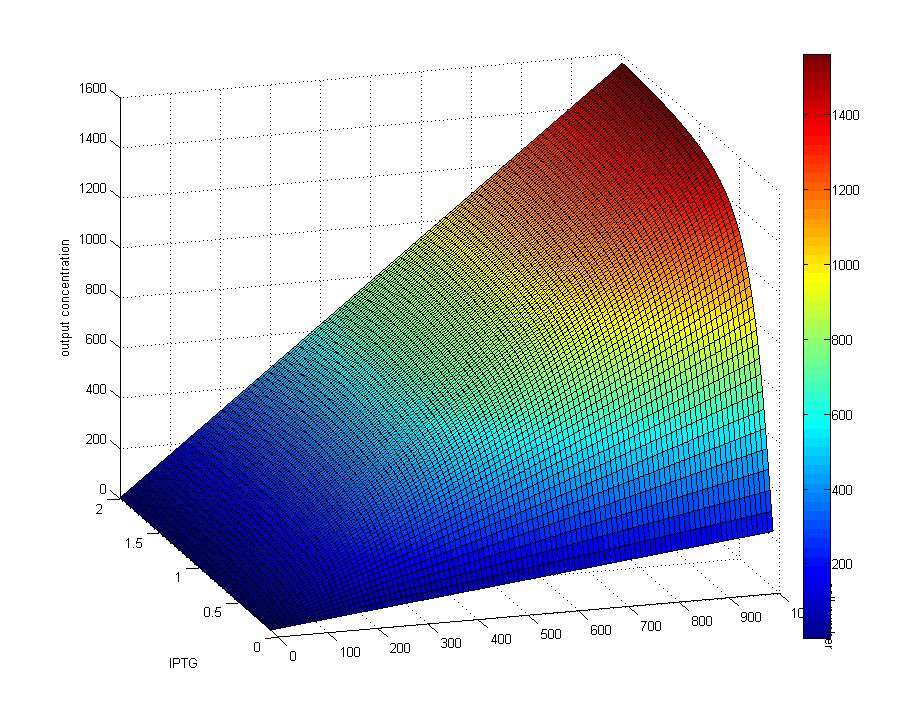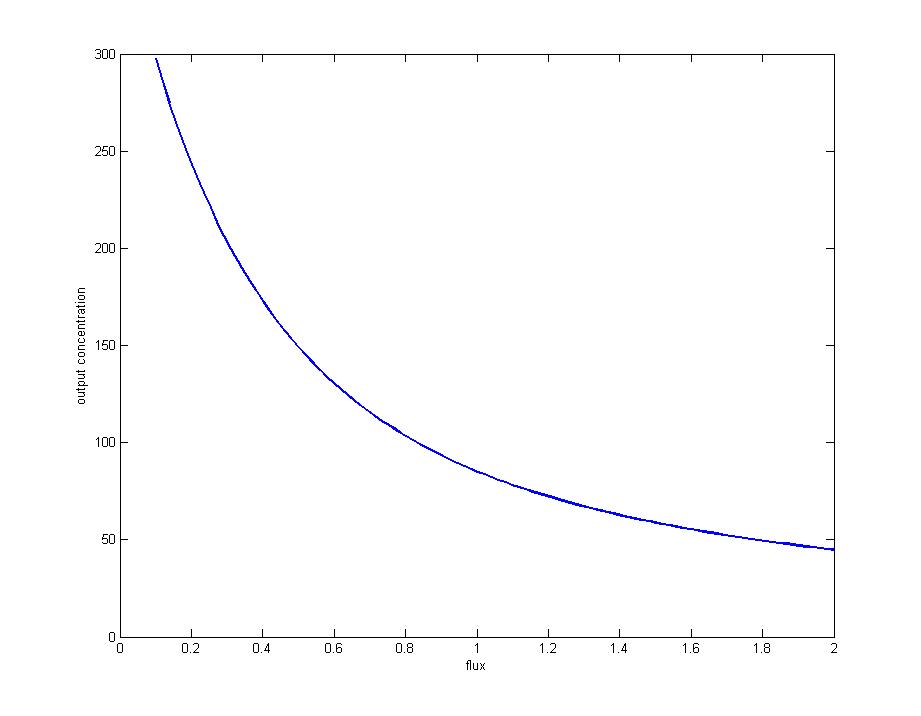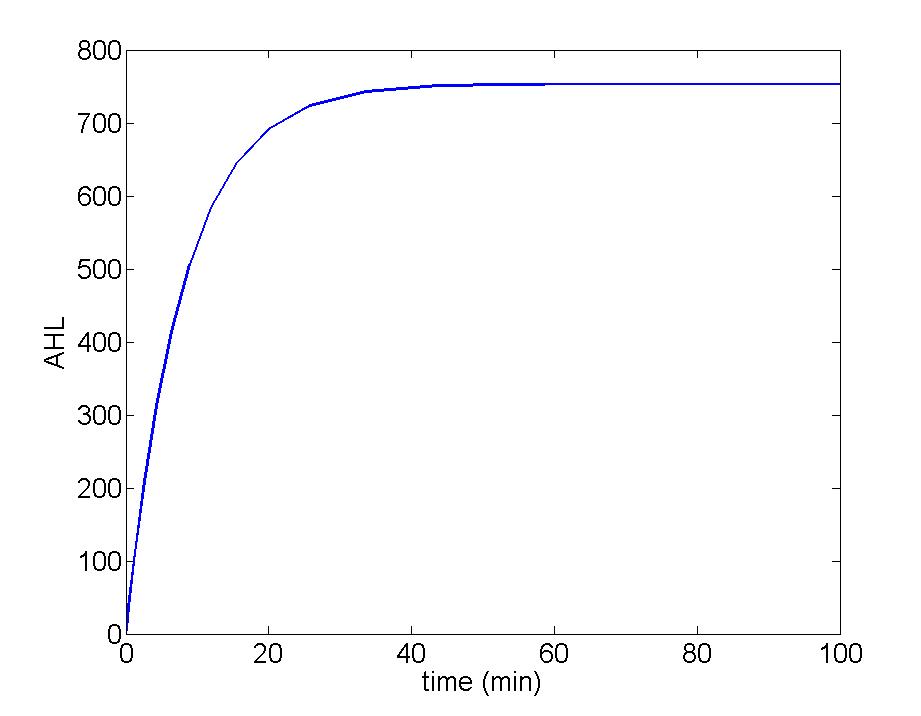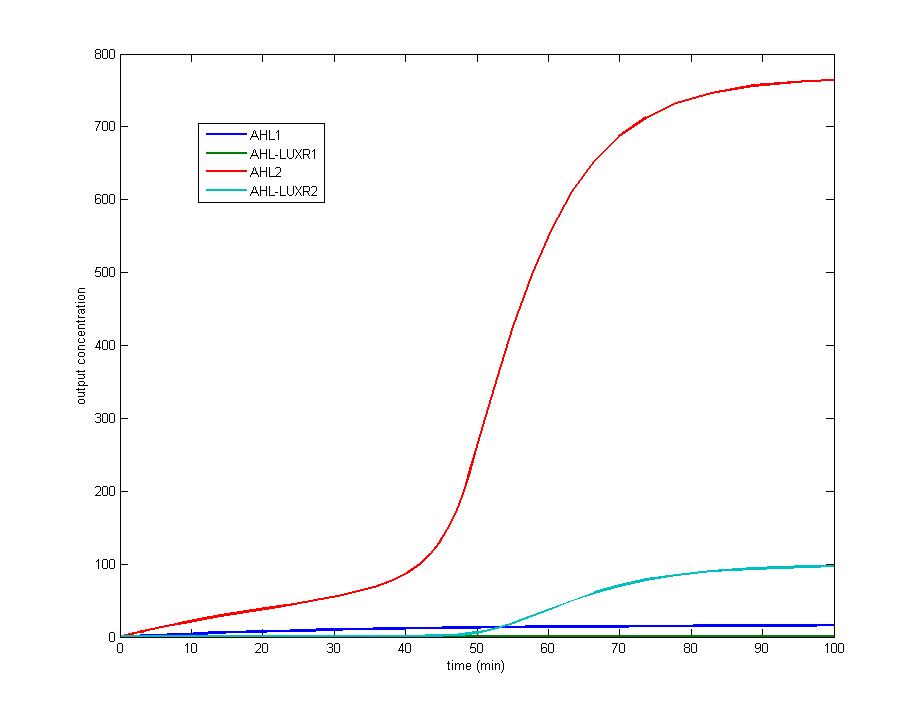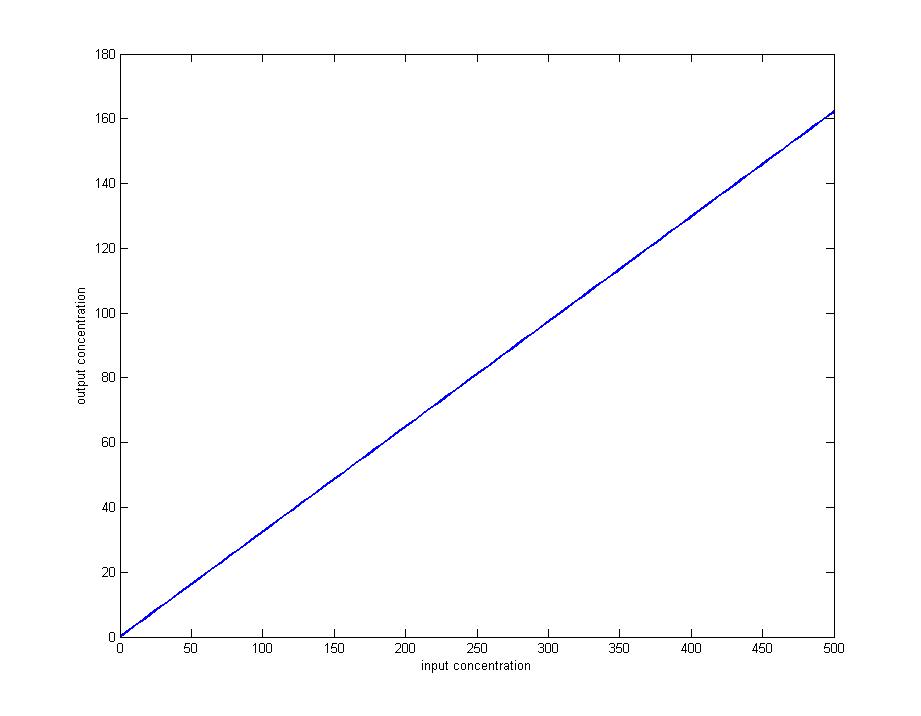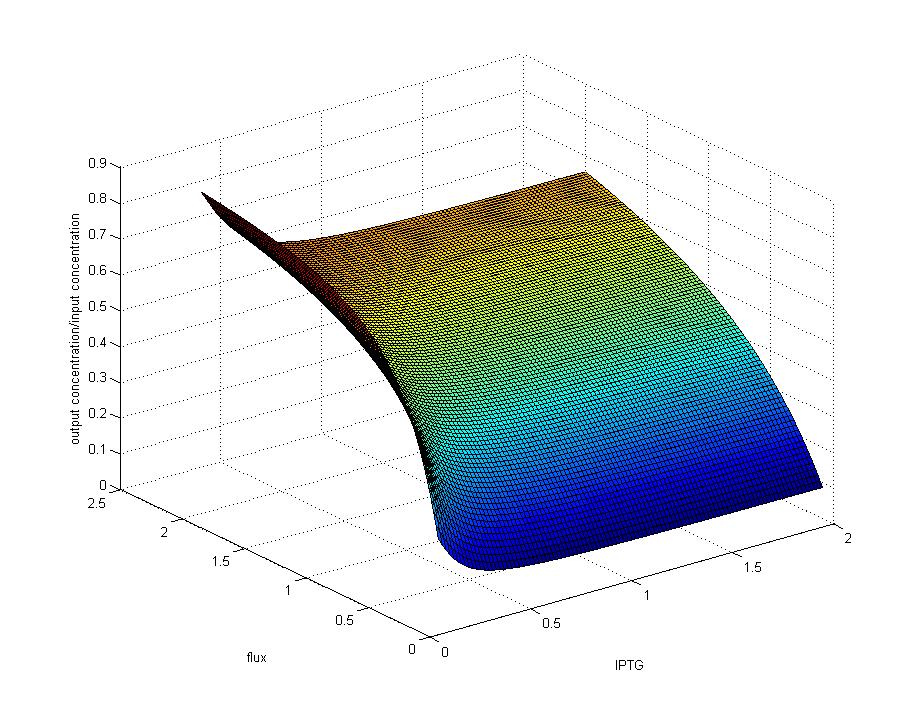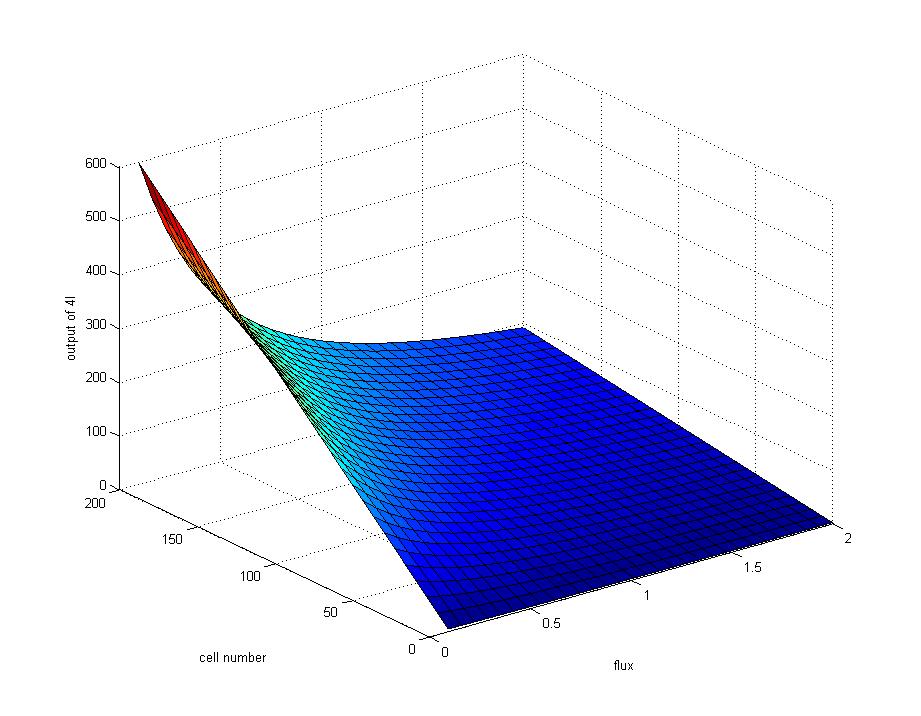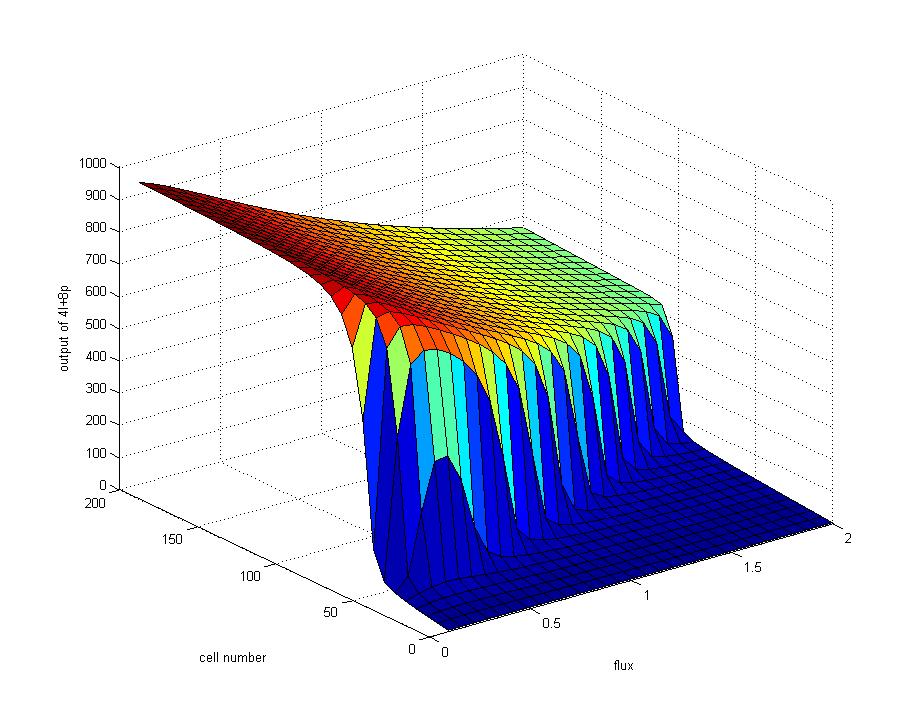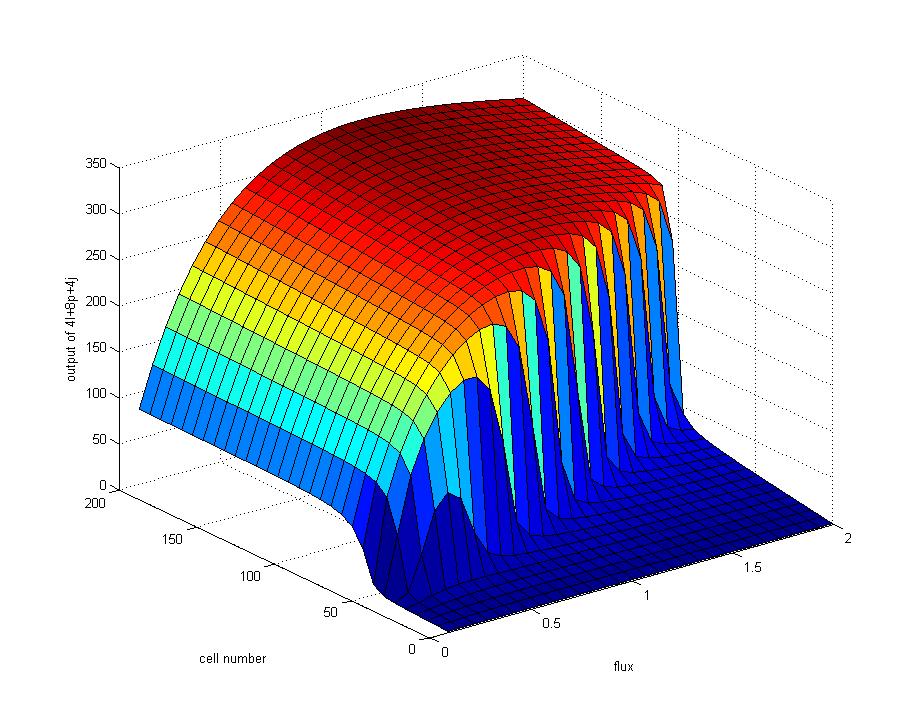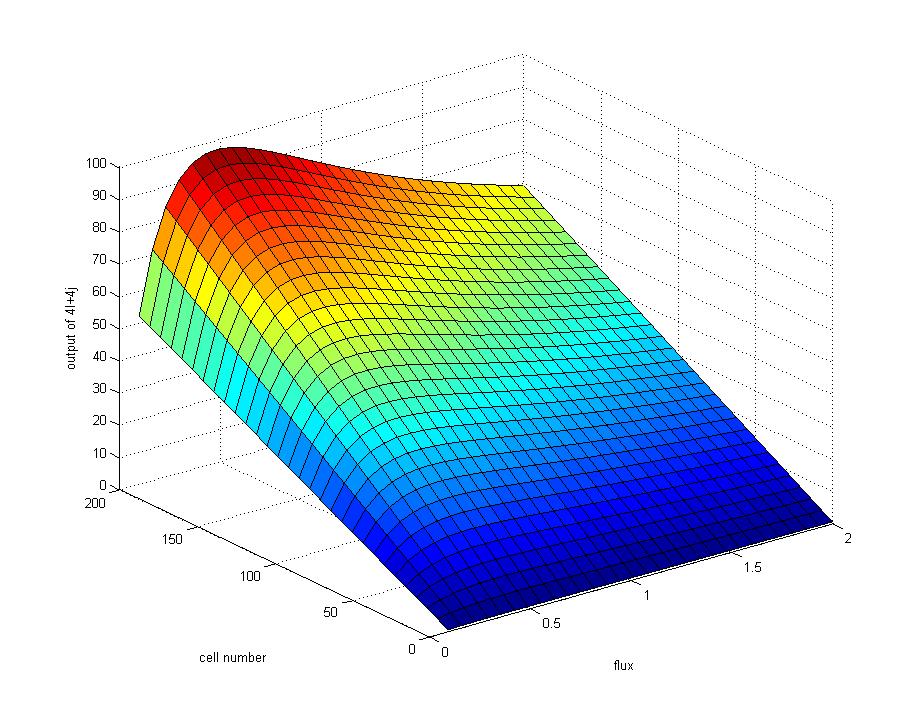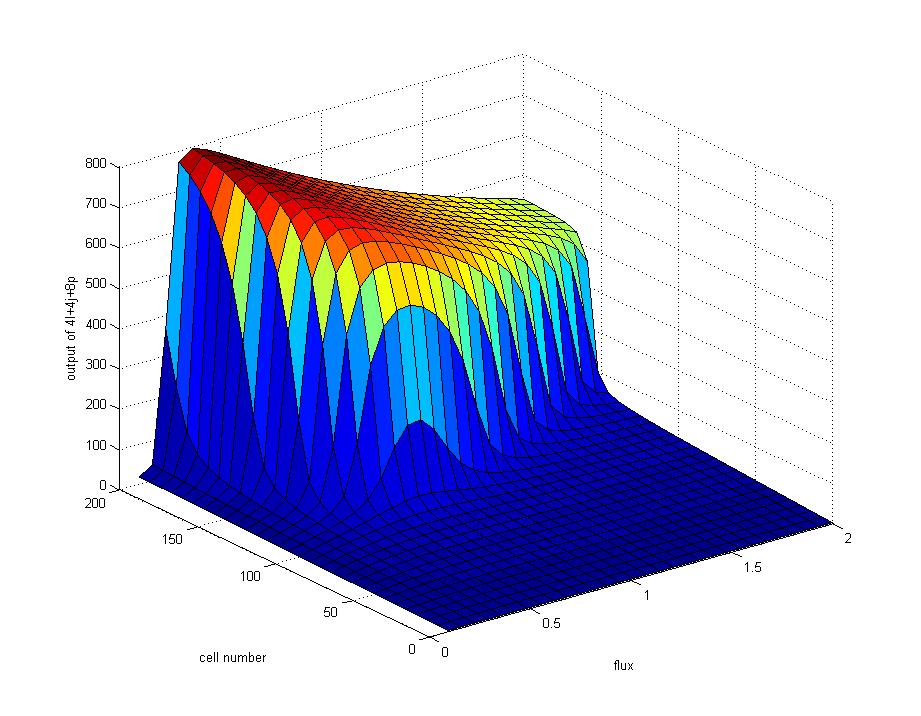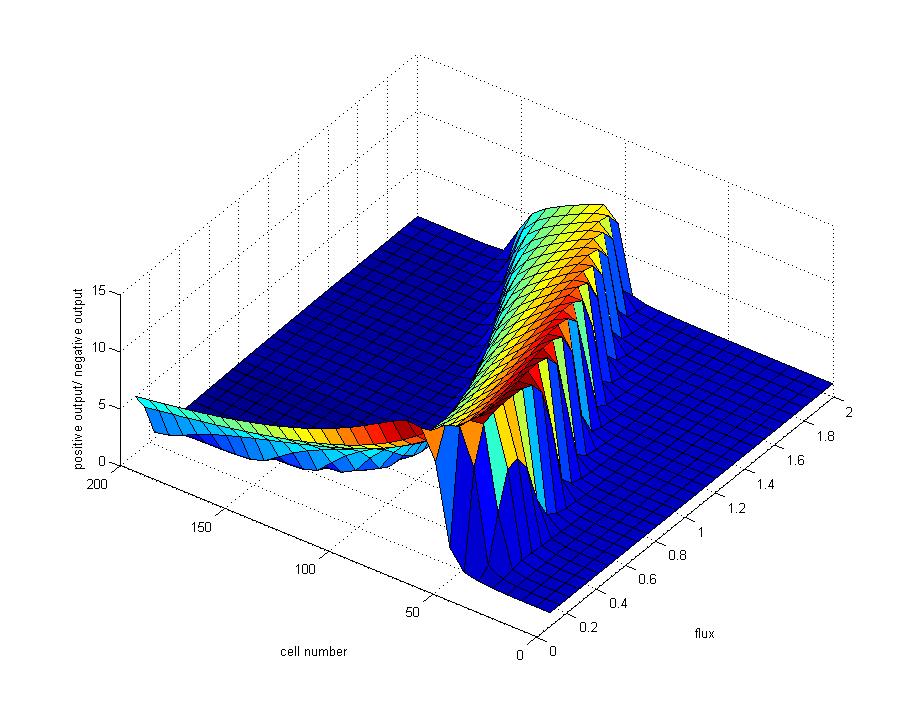Tianjin/DIODE
From 2007.igem.org
Lovecarrot (Talk | contribs) (→Model) |
Sunlovedie (Talk | contribs) (→Design) |
||
| Line 11: | Line 11: | ||
<br>The liquid culture flow through the generator cells and carry the AHL signal into the amplifier cells which are activated to make more AHL signals. <br>Then the concentration of AHL accumulates to such a level that block cells could not eliminate them completely, and the rest could be detected by [[Tianjin/DIODE/Reporter cells|Reporter cells]], a condition called ‘posivive-biased pass’.</font><br> | <br>The liquid culture flow through the generator cells and carry the AHL signal into the amplifier cells which are activated to make more AHL signals. <br>Then the concentration of AHL accumulates to such a level that block cells could not eliminate them completely, and the rest could be detected by [[Tianjin/DIODE/Reporter cells|Reporter cells]], a condition called ‘posivive-biased pass’.</font><br> | ||
| - | [[Image:diodedh.gif|500px]] <font size="8" color="#0000CC">OK!</font> [[Image:happy.gif|150px]]<br><br> | + | |
| + | |||
| + | <table width="99%" border="10" cellpadding="0" cellspacing="0" style="padding: 10px; background-color: #FFCC33"> | ||
| + | <tr> | ||
| + | <td><center>[[Image:diodedh.gif|500px]] <font size="8" color="#0000CC">OK!</font> [[Image:happy.gif|150px]]</center></td> | ||
| + | </tr></table> | ||
| + | <br><br> | ||
| + | |||
| + | |||
<font size="3" color="#ffff00" rowspan=2 >On the contrary, if the positions of amplifier cells and block cells in the equipment are reversed, the AHL produced by generator cell would be degraded by block cells at the very beginning resulting in no amplification of the signal. Thus, hardly AHL could be detected in the outflow culture, a condition called ‘negative-biased block’. </font> | <font size="3" color="#ffff00" rowspan=2 >On the contrary, if the positions of amplifier cells and block cells in the equipment are reversed, the AHL produced by generator cell would be degraded by block cells at the very beginning resulting in no amplification of the signal. Thus, hardly AHL could be detected in the outflow culture, a condition called ‘negative-biased block’. </font> | ||
Revision as of 09:35, 26 October 2007
DesignBrief Introduction of Bio-diode
The diode, one of the most significant parts in the electric integrate circuit and electronic equipment, functions as allowing the current get through when the diode is positive-biased, and cut off while it is negative-biased. When the negative voltage increases to a threshold, the diode tends to be negatively broken down. In this project, the molecular signal AHL is considered as the current of electric circuit.Three types of cells: Generator cells、Amplifier cells and Block cells are immobilized into small beads with a diameter of 0.5 millimeter, then different beads are settled into particular parts of our specially designed equipment sequentially and respectively.The diode is build up with the amplifier cells and the block cells.The generator cells are though as the electrical source and there are detector cells,which is considered as the lamp ,to detect the AHL.
On the contrary, if the positions of amplifier cells and block cells in the equipment are reversed, the AHL produced by generator cell would be degraded by block cells at the very beginning resulting in no amplification of the signal. Thus, hardly AHL could be detected in the outflow culture, a condition called ‘negative-biased block’. | |
ModelWe construct a mathematical model to simulate the features of our bio-diode mainly by Ordinary Differential Equations. With the help of this model,we shows the ideal performance of each immobilized cells ,especially the amplifier cell, under different cell density and flux conditions.We also examine the features of different cells under the conditions of positive-biased, negative-biased and break-down. Thus the datas and graphs derived from the model results are quite beneficial for our further wet experiment.
2. Model result 2.1 Model of Generator Cells | |
Experiment1.Datas and Graphs of Detector cells
|
